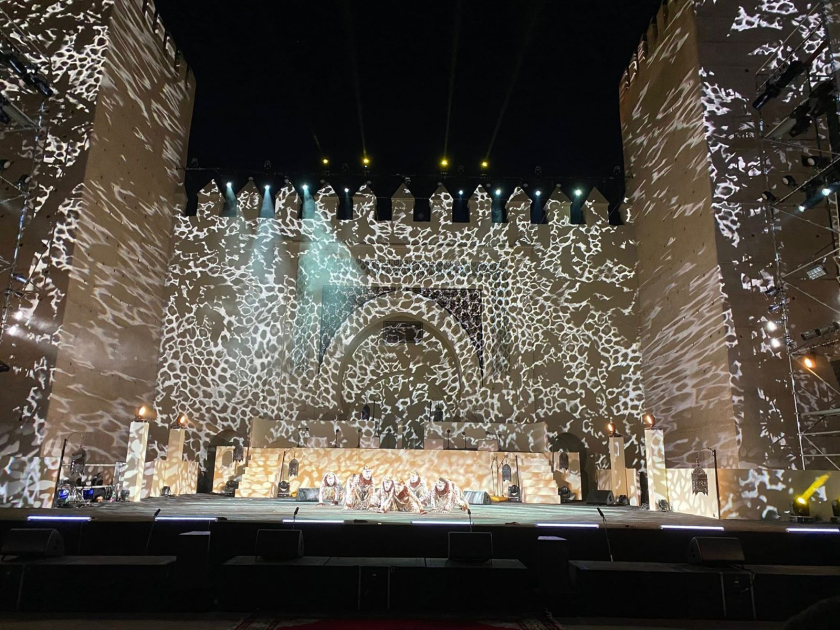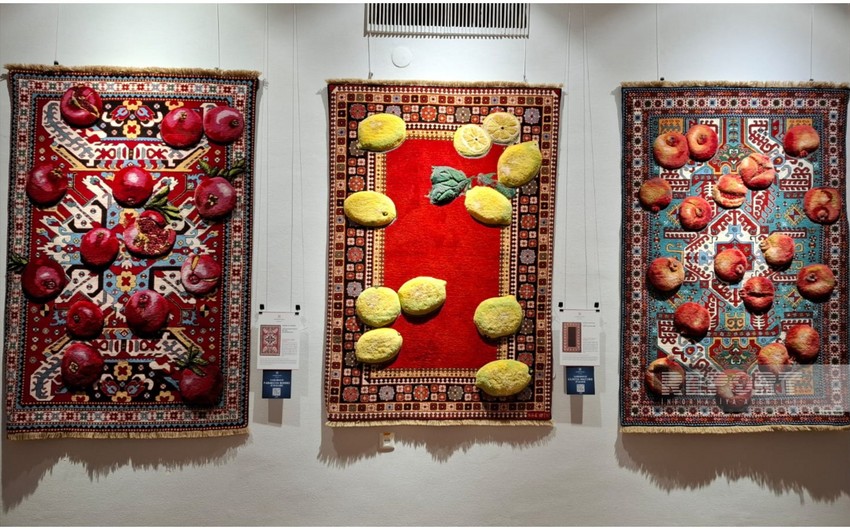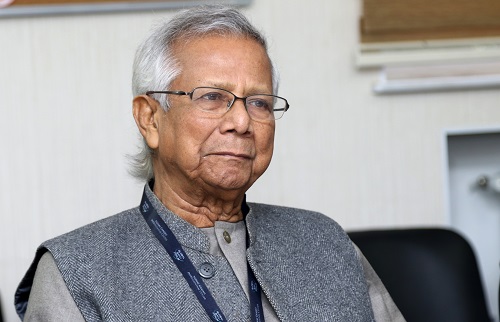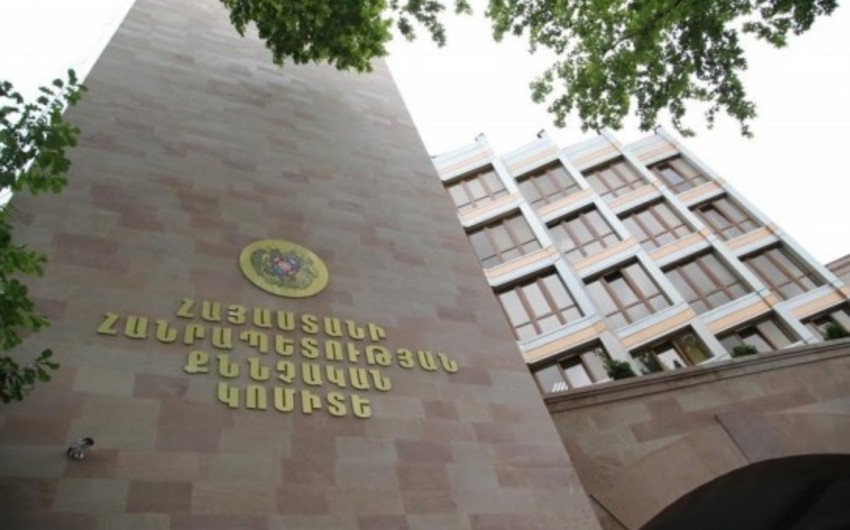Blanche Hoschede-Monet has barely been acknowledged in art history. But not only did she help her stepfather Claude, she created her own fine works – often of the same scenes as him.
Haystack at Giverny, Poplars at the Water's Edge, Morning on the Seine. These painting titles bring only one name to mind – the great Claude Monet, whose flickering evocations of light and atmosphere are the cornerstone of Impressionism.
A new exhibition and accompanying monograph – the artist's first – seeks to restore her reputation. Blanche Hoschede-Monet in the Light at The Sidney and Lois Eskenazi Museum of Art, Indiana, brings together 40 of her paintings, along with sketchbooks, photographs and letters, establishing not just her impressionist credentials, but her role as Monet's assistant and companion on plein air painting expeditions – the only one of his children, blood-related or otherwise, whose passion for painting mirrored his own.
The difficulty of extracting Hoschede-Monet from history has been compounded by the fact that few of her 300-ish works are in public collections. In her native France, the former Musée Municipal de Vernon, near the Normandy village of Giverny, where the Monet family lived for decades, holds the largest number – eight paintings and one pastel – and was valiantly renamed the Musée Blanche Hoschede-Monet last year to coincide with the 150th anniversary of Impressionism. Meanwhile Paris's Muee d'Orsay (widely regarded as the best collection of Impressionist art) has only a further two – neither of which, at the time of writing, is on display.
There are no Hoschede-Monet paintings in British public collections at all, and in the US, only one, The Weeping Willows on the Lily Pond at Giverny (c 1893-7) at the Columbus Museum of Art in Ohio. The Indiana exhibition is the artist's first solo show on US soil, in fact, and an indication that her reputation is finally growing.
Hoschede-Monet was the daughter of Eugene Hoschedé, a wealthy businessman and connoisseur of avant-garde painting. Édouard Manet, Auguste Renoir, Gustave Caillebotte, Mary Cassatt and of course Monet were regular guests at his beautiful homes on the Boulevard Haussmann in Paris, and at his estate at Montgeron, on the city's edge.
Hoschedé-Monet was 11 when she first met Claude Monet in 1876. The then-35-year-old had been commissioned by her father to paint a quartet of panels for the dining room at Montgeron. Hoschedé was an important early patron of Monet's – in fact, it was he who bought Impression, Sunrise (1872), the painting that gave Impressionism its name.
The six months Monet spent at Montgeron in 1876 led to a magnificent set of paintings that includes the much-loved Turkeys and Willows at the River's Edge, though they did not remain in Hoschede's possession for long. Dire financial pressures forced him to sell most of his collection in 1878, along with both of his homes.
Monet also suggested exhibitions she might enjoy. In 1891, for instance, he asked his friend Gustave Geffroy, an influential critic, to obtain a pass for her to the Salon of the Société Nationale des Beaux-Arts, and later that year, took her with him to dine at the home of the British artist James McNeill Whistler in London (they were visiting her brother Jacques in Lymington) and to see the famous Peacock Room that Whistler created for shipping magnate Frederick Leyland's mansion near Hyde Park.
How the two Monets compare
Monet's 1887 painting In the Woods at Giverny: Blanche Hoschede at Her Easel with Suzanne Hoschede Reading, confirms that he and Hoschedé set up their easels within spitting distance of each other, or even, if she is the figure in the white dress at an easel in John Singer Sargent's oil sketch, Monet in his Bateau Atelier (also 1887), squashed together in the floating studio which Monet designed to paint while drifting along the river.
Unsurprisingly, then, Hoschedé-Monet's paintings often share her mentor's visual vocabulary: Shadows on the Meadow matches his Spring Landscape at Giverny (1894) for instance, and The Small Grainstacks (Les Moyettes) (c 1894) his Stacks of Wheat (End of Summer) (1890-91). Julie Manet, daughter of the impressionist Berthe Morisot and Manet's brother Eugène, would also describe two of Blanche's paintings of "trees reflected in the Epte [that] are very like Monsieur Monet's painting" while visiting Giverny in 1893.
Impressionism lost its grip on the art world almost as soon as Monet died, but Hoschede-Monet always remained loyal to her mentor's painting style. We might see her as the comet's tail of that hugely influential artistic movement, though perhaps her greatest contribution to it was her steadfast support. "Without her, Claude Monet would have lived in an isolation that would have killed him," wrote the art dealer René Gimpel. "It was she who kept him alive for us, posterity must not forget her."
Madina Mammadova\\EDnews









